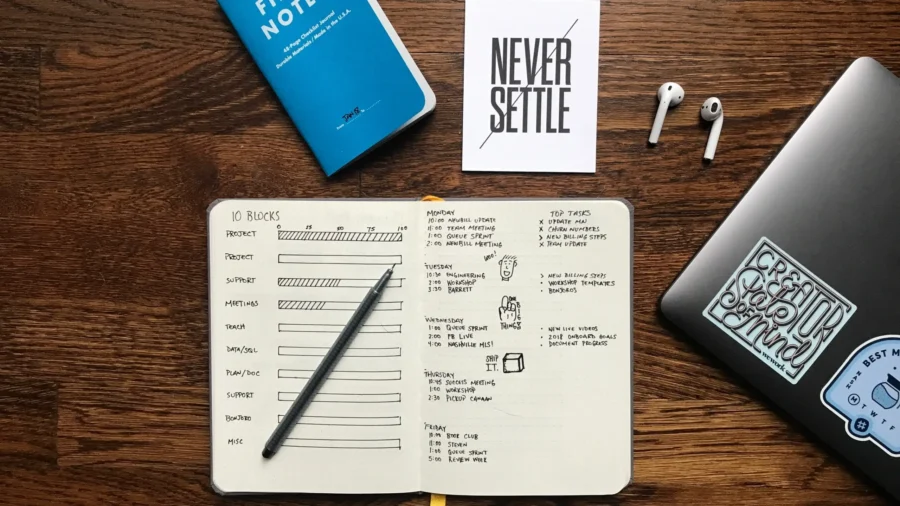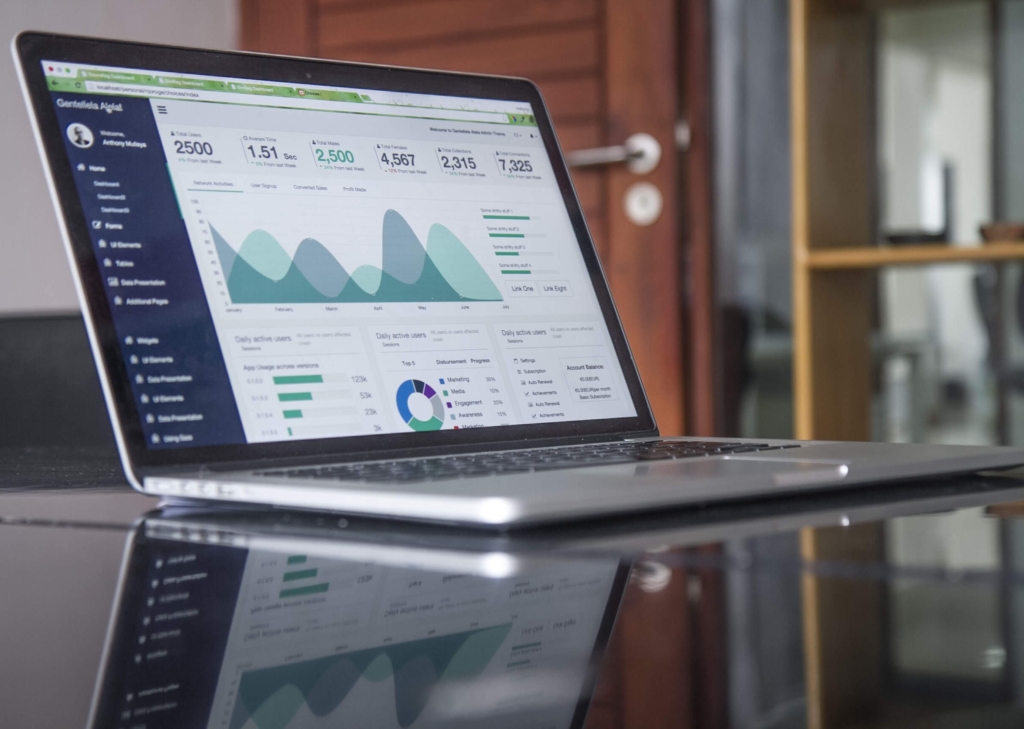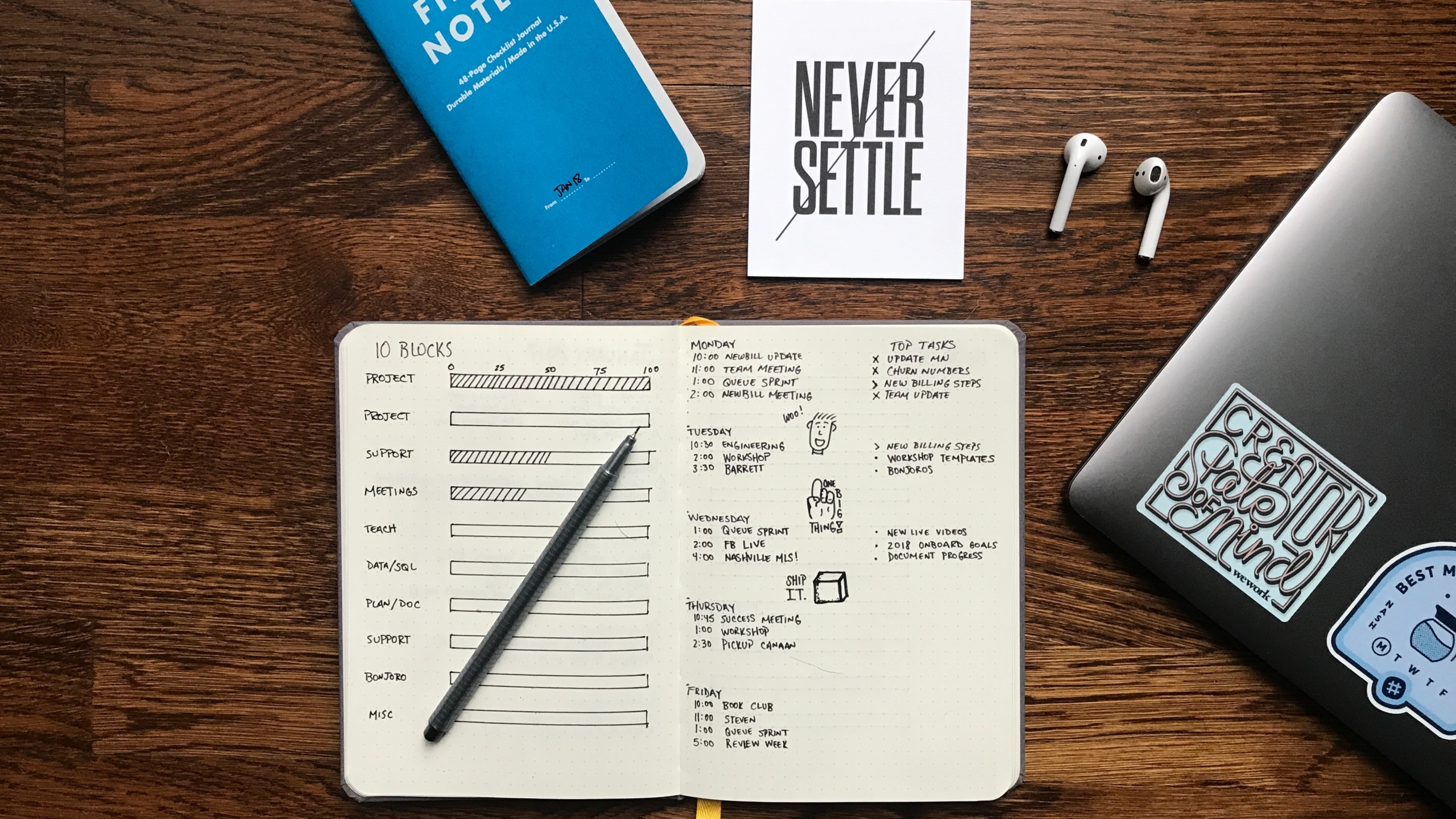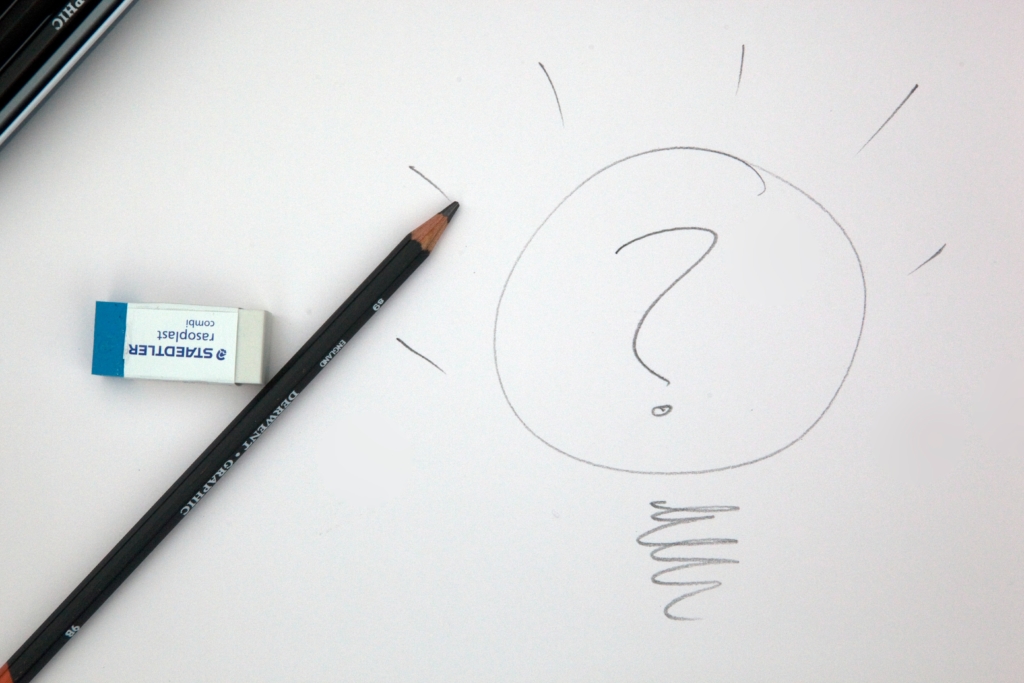Reasons to Redesign your Website – When a Quick Fix Isn’t Enough

Making the decision to redesign your company website isn’t one to take lightly. But if your site is noticeably outdated, takes too long to load, or isn’t meeting your goals for growth, these are clear reasons to redesign your website. Even if you’ve noticed some less straightforward issues, like your site is unattractive, hard to use, or just not giving your customers what they are looking for- it’s probably time to re-up. Your company website is often the first point of contact you have with your customers. A lackluster first impression could greatly impact your brand image, conversion rate, and ultimately your bottom line.
If you’re not sure whether your site needs a complete redesign or just some helpful updates, I highly recommend you read through our previous articles in this series about setting or reevaluating your digital marketing goals, improving your website’s visibility, and improving your conversion optimization.
If, after reading through those checklists, you’re thinking that your current website needs more than strategic updates to keep it performing the way you want it to, it’s time for a redesign.
Redesigning your website is a big project, but proper planning, research and preparation can help make the experience much less stressful with better results. A while back, we posted some web design pointers for startups starting their web design journey that really anyone starting this process might also find helpful.
Alright, with that out of the way, let’s jump into the steps you’ll need to take when planning for your company’s website redesign. Rather than focusing on just the reasons to redesign your website, we’ll guide you through the steps to make it happen. As we go along, you’ll see the value of a redesign in each step.

1. Evaluate: Your Website Audit
One of the most important things you can do to start the process out on the right foot is to do an in-depth audit of your current website to uncover what aspects you should keep and what isn’t performing well anymore. You should be looking at everything from your content, to SEO, to page performance, to customer journey.
Your website audit is an opportunity to uncover what isn’t working on your current site, but also to uncover what is working well that you want to make sure to keep. For example, if your customers recognize and enjoy your current branding, you want to carry that over to the new design.
To make this process a little easier, I suggest starting with your current sitemap.
A great tool you can use to analyze your site performance and traffic patterns is Google Analytics. It can show you what pages have a high bounce rate, which have the most frequent and fastest bounces, etc. A thorough look at the effectiveness of the content on these under-performing pages, and your site as a whole, is an important component of this audit.
A redesign is the perfect time to review and refresh your content- filling in any areas that might be missing. This is a time-consuming step, so make sure to allow yourself some time. You should look critically at every piece of content on your site, from product pages, to blogs, to videos.
You can also use tools like heat maps or scroll maps to analyze how visitors to your site most often behave, which is really helpful when trying to identify potential problem areas like poorly placed calls to action or underutilized signup forms.
You’ll also need to make sure to evaluate how well your current pages are optimized for search engines. This is important so you can identify any issues that may be negatively affecting your organic search performance- like page loading speed or missing/poorly used keywords.
2. Review: Your Brand
There are so many benefits when considering the reasons to redesign your website. Among them is your brand identity.
Before a redesign is an important time to review your branding guidelines to see if everything should stay the same or if some updates need to be made. Your branding and brand voice make up the personality of your company and are how you differentiate yourself from your competitors. It’s important that your website reflects your brand personality through its logos, colors, fonts, tone and style. It’s important that all of your marketing vehicles reflect your branding to create a seamless experience across all platforms and locations.
Your brand style guide is one of the most important tools in your company’s marketing toolkit (and if you don’t currently have one, now’s the time to make one!) Having a brand style guide, and making it available to everyone who touches your marketing, ensures that what you want your brand to communicate to your customers and what you’re actually communicating are aligned. It’s a set of guidelines that make your branding understandable and replicable by anyone involved. That’s why it’s so important to make sure it’s updated before you start working on a new design.
Some things to make sure to include in your brand style guide include your logos and brand colors in RGB or HEX, as well as any secondary colors. It should also list all fonts and how they should be used, along with any typographic styling that is recommended. Don’t forget to include guidelines for choosing photography, iconography, or illustrations and any other textures, details, or elements that make up the look of your brand.
3. Research: Competition
Another important part of preparing for a website redesign is researching the sites of your competitors to get a feel for what your customers will see when comparing your products/services and compiling a list of the competitor and non-competitor sites that you’d like to emulate in design, tone, or functionality.
It’s great to look at websites from both within and outside of your industry to get inspiration and ideas for what you’d like to see on your new site. And don’t limit your discovery to design aesthetics and imagery. Pay attention to the tone of the content, the style and ease of navigation, the amount of information on each page, and anything else that stands out to you. Start making a list of the sites you like with notes about the specific aspects that caught your eye, along with a list of the sites you don’t like and why. Creating this list will not only help you get a sense for what is happening in the current website design space, it will also be something the firm you eventually hire to execute your redesign will request to help guide their design concepts.
A further step you can take when evaluating your competitors’ websites is to identify areas where you can set yourself apart. What are they doing well on their sites? What weaknesses do their sites appear to have? What do you offer that they don’t? You can even go one step further in your competitive analysis by using HubSpot’s free Website Grader tool to generate a report showing how well your current website is performing. Then you can generate the same report for your competitors’ websites so you can compare.

4. Define: Website Goals
Completing the first three steps listed above should have put you in a good place to now have a good idea of what aspects of your site need the most updating and improvement. You should use the knowledge you’ve gleaned from your website audit and competitive analysis as a basis for creating your project goals and timeline.
Read more about setting and evaluating your digital marketing goals.
Project Goals and Objectives
What are your main overarching reasons to redesign your website? Having a few, well considered major goals for your website redesign will help focus your efforts as your team makes decisions throughout the design process. Some common major goals include updating an outdated look or launching a refreshed brand, creating a better user experience, adding new functionality or content, and improving the site’s visibility tactics to increase the number of visitors to your site.
Once you have set your major goals for the redesign, you’ll likely want to add some more granular goals under each. Create an outline that starts with your main goals prioritized in a numbered list. Then you can add sub-goals that define exactly what success in that goal should look like. This should include actual numbers and metrics that your team will use to evaluate the future success of your redesign. For example, if your main goal is to increase your visibility, you could define that goal like this: “Improve average new monthly visitors from X to Y.” Just make sure that the goals you set for your site are realistic- there are some great ideas and suggestions for setting your website design goals over at Crazy Egg.
Timeline
Deciding on a timeline that is realistic can be difficult. On the one hand, you don’t want to be so aggressive that you push your team too quickly through important steps, but you also don’t want to let the process draw out and lose steam. Remember to think about whether there are any events or activities coming up where you’ll definitely need your new website. If there is a pressing event, make sure to get started early and allow adequate time for the crucial creation and testing steps to get the polished, effective website you are looking for.
Unfortunately, there’s no magic answer for how long a website redesign will take. A lot of it depends on the amount of pages and content on your website, it’s functionality and whether there are multiple integrations needed, and how approvals will be handled. However, a general range for a typical website redesign is anywhere from 2-5 months.
5. Draft an RFP
The last step you’ll need to complete before you can move on to choosing which is the right digital marketing agency to help you execute your website redesign is to draft a Request for Proposals (RFP). Luckily, the information gathering and analysis you’ve done in all of the previous steps will help provide you with all the critical details you need to include in your website redesign RFP.
Something to remember is that your RFP will set the framework for the proposals you’ll receive back from agencies, so it needs to reflect the specific details you need to help make your vendor selection. If your requests aren’t specific enough or properly described, you could end up with a group of proposals that are quite varied and difficult to compare.

The exact The main sections you should include in a website redesign RFP include:
- Introduction/Company Background – a brief description of your company, why you need a website redesign, and what the overall project will include.
- Budget Range – providing your budget range helps an agency recommend solutions that will work within your budget and plan how they’ll need to allocate their time and resources if awarded the business.
- Timeline & Important Deadlines – lay out your target timeline and a desired launch date that accounts for multiple rounds of revisions and your internal approval process. You should also include your dates for the: RFP Response Deadline, Vendor Selection, and Project Kickoff.
- Identify Challenges– Define the issues you’re hoping this new website will solve.
- Lay Out Your Goals – pull these directly for the work you did in Step 4 above.
- Audience – describe who your customers are in as much detail as possible- include any demographic research you’ve conducted or customer personas you’ve created.
- Desired Website/ Requirements – Describe your ideal website- include your feature wish list, being sure to identify which items are ‘must haves’ and which would be ‘nice to have’.
For more guidance on how to draft a killer RFP for your next website redesign, check out the examples and template in RFP360’s blog article.
What are your Reasons to Redesign Your Website?
Having your website redesigned or even refreshed doesn’t have to be a daunting task. What are your main reasons to want a website redesign? Let us know in the comments below. Better yet, if you’ve identified noticeable reasons to redesign your website and want more guidance, let’s talk!
Ready to take action?
At Glide, our team of designers, developers and project managers invest their experience and personal drive in helping our thriving customers make the process a smooth one. If you’re up for it, we’re more than happy to discuss potentially working together and redesigning your website.

